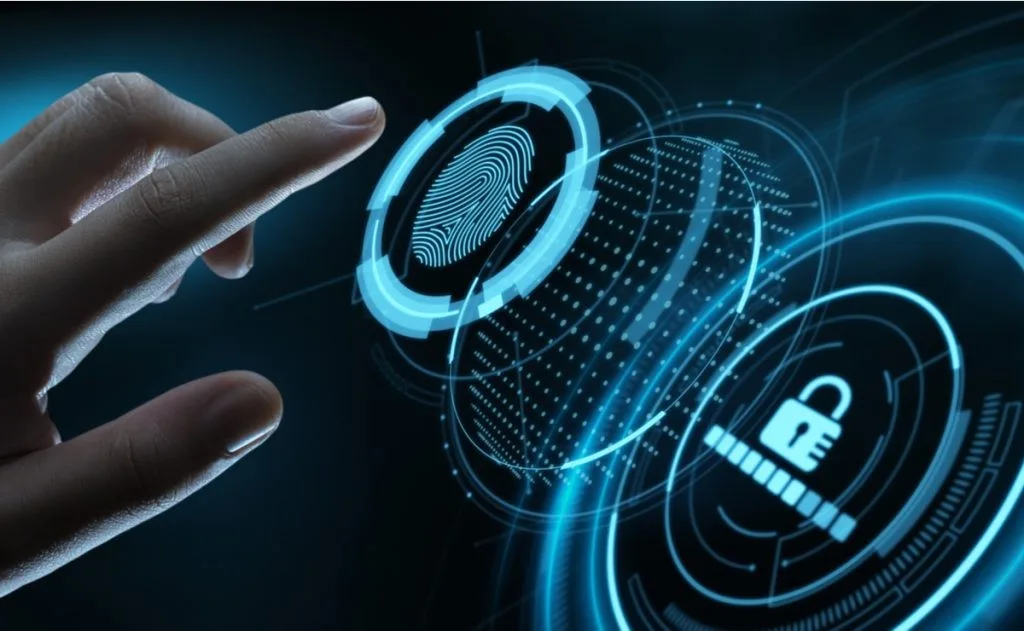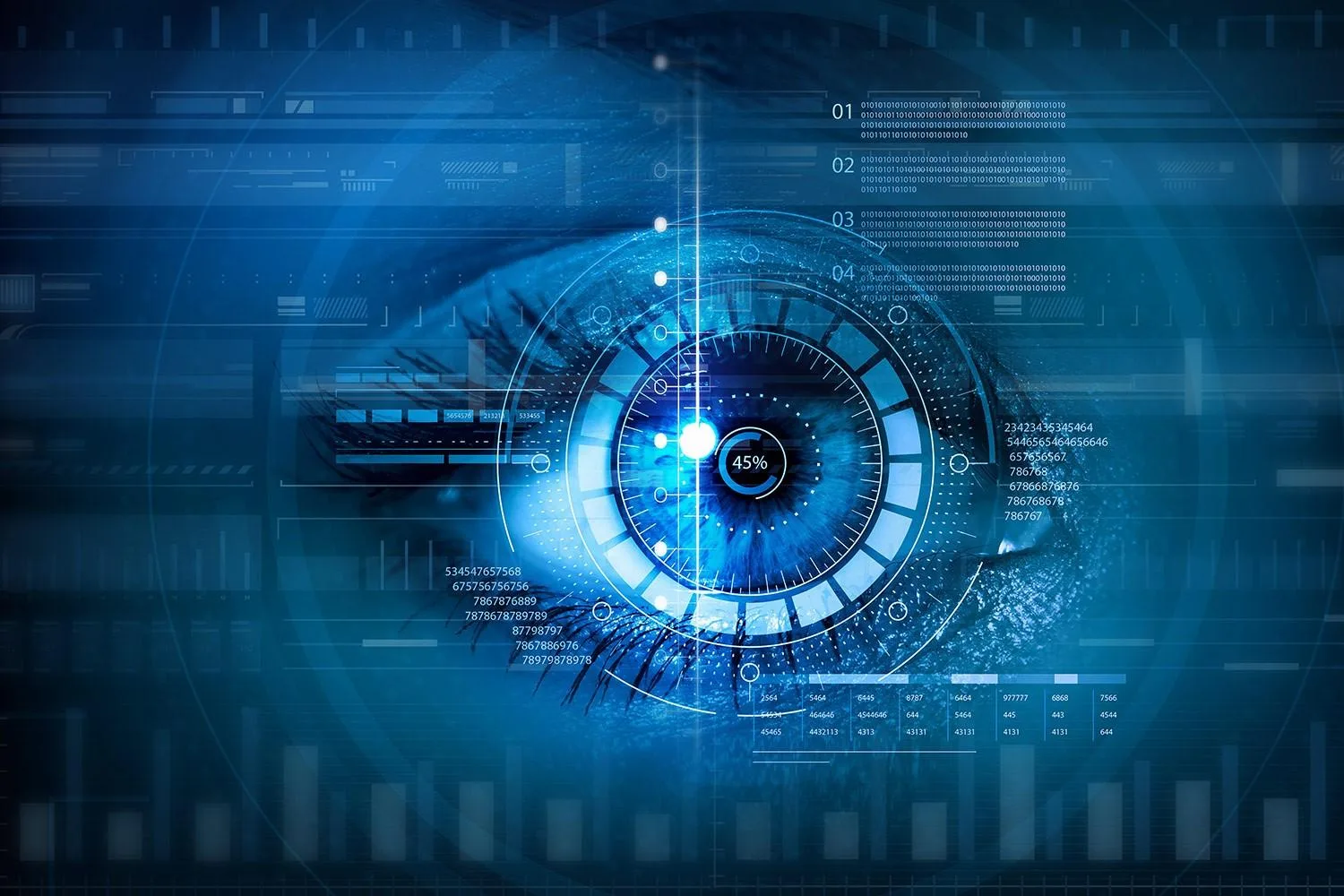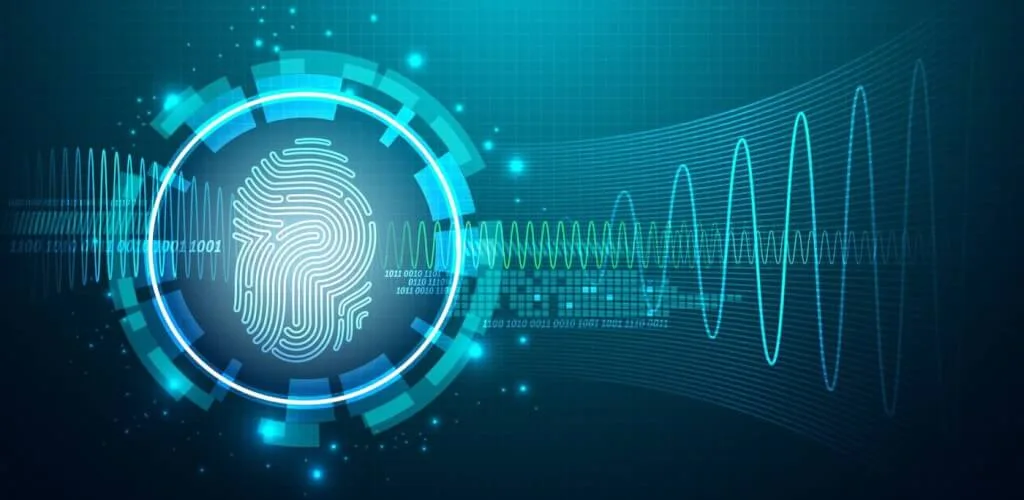Is Biometric Authentication The Future Of Secure Banking?
Biometric Authentication is the most reliable method of verifying the identities of customers through their unique characteristics. For example, fingerprint recognition, facial recognition and even voice recognition can be given as examples of Biometric Authentication methods frequently used in banking.
In a service provided digitally by a bank, Biometric Authentication methods are frequently used to verify that the transaction was made by that person. In this way, it is definitely confirmed that the transactions were made by that customer. For example, a bank that requires facial recognition from a customer who wants to perform a banking transaction through its mobile application will create a more reliable transaction ecosystem.
These methods both protect customers from possible fraud cases and provide safe service for banks. Biometric Authentication is an essential unit for the future of secure banking. Since almost all banking transactions can now be handled digitally, the need for Biometric Authentication methods and diversified Biometric Authentication solutions will increase.
Even though many financial institutions and banks are evaluating Biometric Authentication methods even today, this will be an area that will become more widespread in the near future.
How Do Biometrics Ensure Enhanced Security In Banking Transactions?

One of the most valid methods of ensuring a high level of security in banking transactions is to use Biometric Authentication methods. Once transactions such as making a money transfer, making a payment, or receiving a payment are verified with Biometric Authentication methods, there will be no security or fraud concerns.
When the unique physical characteristics of each person are used in the authentication process, personalized solutions eliminate security vulnerabilities. For example, the fact that each person’s fingerprint is different enables the development of a special identity verification for everyone.
Since the solutions offered by Fintech companies offer security using these unique features, it becomes a little more difficult for new solutions to come. In recent years, even voice is now used for authentication. Biometric Authentication methods include a wide range of technologies, from fingerprint recognition to iris recognition.
It generally eliminates possible fraud cases by identifying physical characteristics and blocking fake users. This is an indispensable measure for modern banking, where every unit is digitalized.
What Types Of Biometric Authentication Methods Are Used In Banking?
Currently, all financial institutions that provide services through both digital and traditional methods benefit from Biometric Authentication methods. Among these methods, the most frequently used models are fingerprint recognition, voice recognition, iris recognition and face ID.
Thanks to these unique features, customers can skip the security steps faster and access banking services as soon as possible, while the identity verification of transactions made for banks is completed within seconds. The fact that each person’s fingerprint is different prevents fraud and allows them to have a highly secure digital banking experience.
Fintech startups and companies are doing important work in the field of Biometric Authentication. Many important commercial and retail banking transactions, from loan transactions to asset transfers, can be carried out through digital channels. This creates potential cybersecurity concerns.
Fintech solutions benefit from Biometric Authentication, the fastest authentication methods, to securely carry out these transactions through digital platforms.

Can Biometric Banking Be Both Convenient And Secure?
Yes, Biometric Authentication is compatible with banking units, providing an easy authentication process and maintaining security. Customers can complete their banking services within seconds with Biometric Authentication methods, without having to worry about remembering, forgetting or changing their passwords such as Password and PIn.
One of the important areas that fintech companies developing services and products in the field of digital banking devote resources and energy to is Biometric Authentication methods. In addition to technologies such as iris recognition, facial recognition and fingerprint recognition, there are also innovative solutions such as voice recognition and artificial intelligence-supported gesture recognition.
I can foresee that in the near future, with the contribution of artificial intelligence technology, the number of advanced Biometric Authentication methods will increase and identity verification processes will be carried out in a much shorter time and in a much more practical way.
What Are The Privacy And Ethical Considerations Of Biometric Data In Banking?
Although privacy and ethical issues can be offered for biometric data in digital banking, such an issue can not be faced in trustworthy and reliable institutions. It is normal to have concerns about the security and privacy of biometric data. It is important that users’ data is collected with their consent and used as data by the bank’s security units.
Ethical principles must be followed to verify customers’ private and unique information with Biometric Authentication methods. Banks must provide transparent policies when using these methods.
Biometric data will be even more important for banking in the near future. Since even large amounts of asset transactions are completed within seconds with digital tools, the security and privacy of biometric data becomes even more important. Therefore, in addition to more ordinary Biometric Authentication methods such as fingerprint recognition and facial recognition, more advanced technologies such as iris recognition and voice recognition should also be developed.
Are Biometric Authentication Methods Vulnerable To Hacking And Fraud?
Although Biometric Authentication methods prevent possible fraud cases by using unique data, as digital banking technologies develop, the techniques and technologies used by fraudsters also develop. For this reason, resources and energy need to be allocated to the cyber security field and security measures.
Although the services and tools offered by artificial intelligence technology offer great solutions for fintech solutions and banking needs, they also enable the creation of fake data for fraud cases that can pass through Biometric Authentication methods. Therefore, it should not be forgotten that developing technologies develop for both parties.
Biometric Authentication methods should provide models with higher security rates based on unique physical features. This responsibility is an issue that companies and banks developing fintech startups should devote time to. Who knows what methods we will try to introduce into banks’ mobile applications in the near future.
See you in the next post,
Anil UZUN
